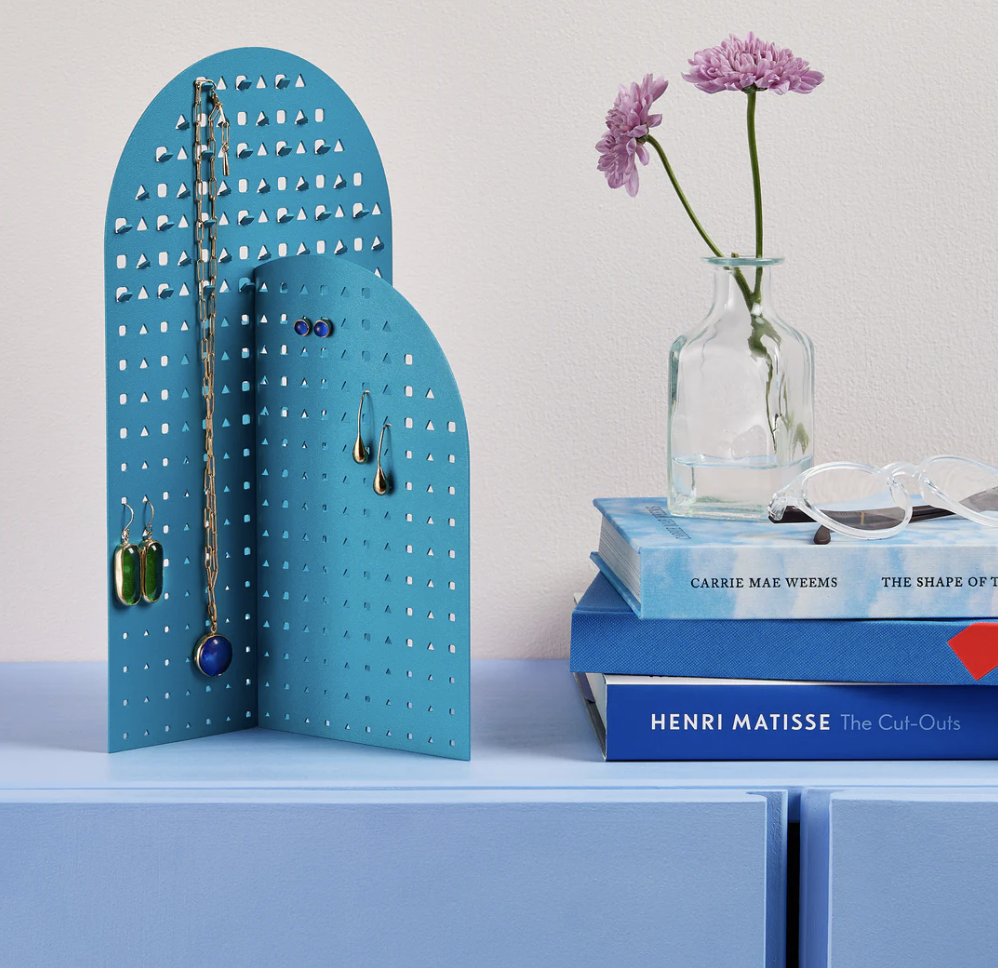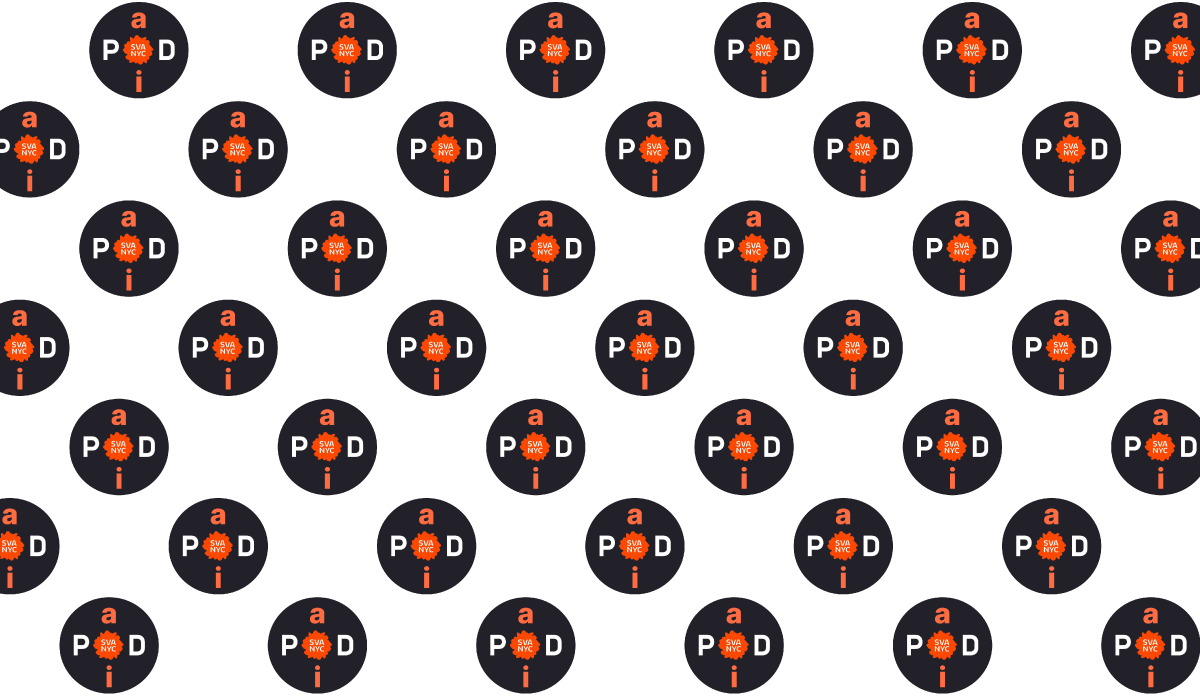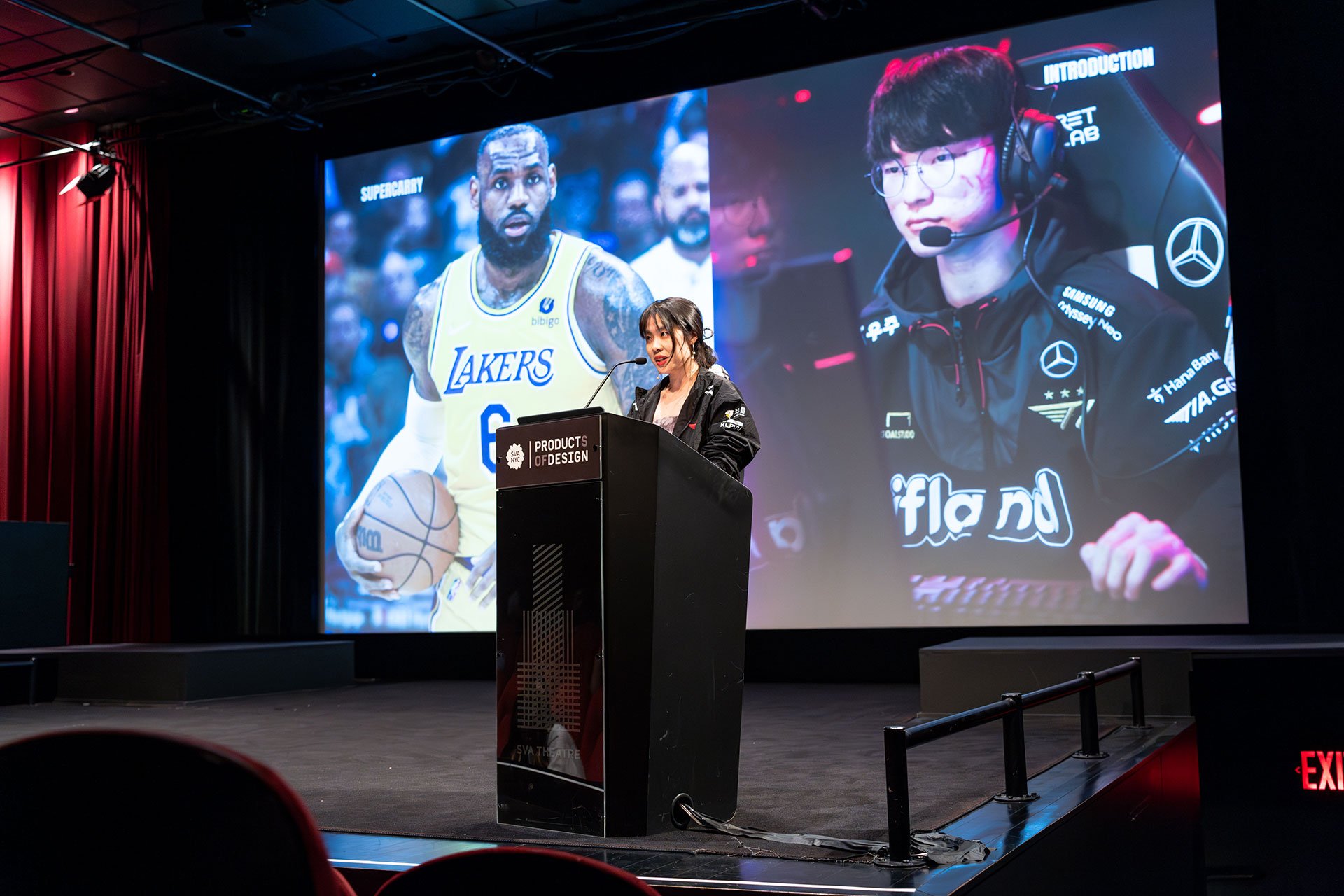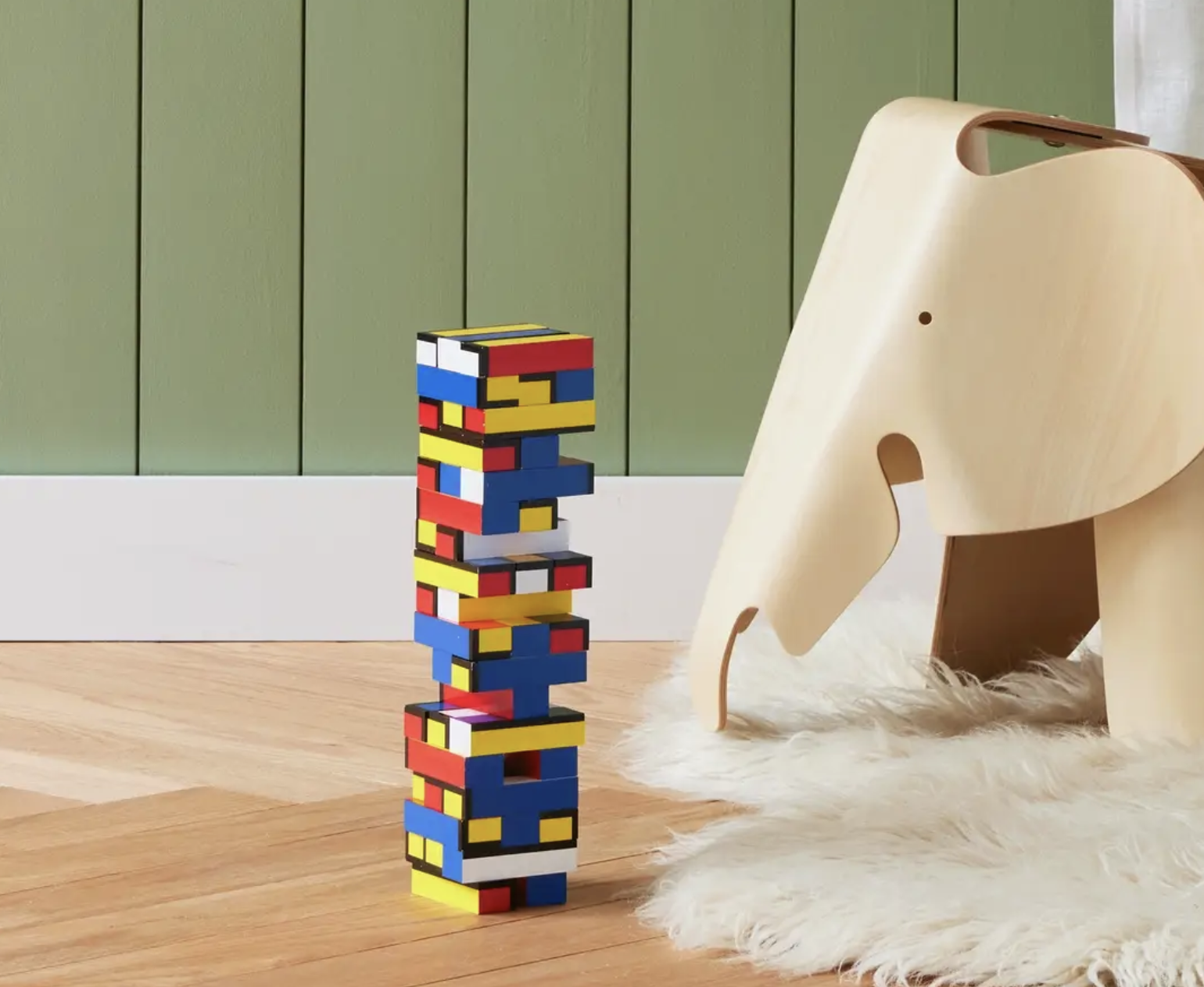Department Blog
Department news, events, and snapshots of student life at SVA in New York City.
Rolling admissions still open!
〰️
Rolling admissions still open! 〰️
Featured Posts
All Blog Posts

Design & Politics: The 2018 Midterm Elections
“Design is intrinsic to politics,” argue faculty Jennifer Rittner, Marc Dones, and Andrew Schlessinger. “In fact, the entire Democratic experiment is a product of design.” In the Products of Design program, an opportunity to investigate the direct relationship between design and politics occurs biennially with the U.S. elections. This year, it was all about the Midterm Elections—when politicians compete for seats in the U.S. Legislative branch (Congress), as well as in State and Local political races.
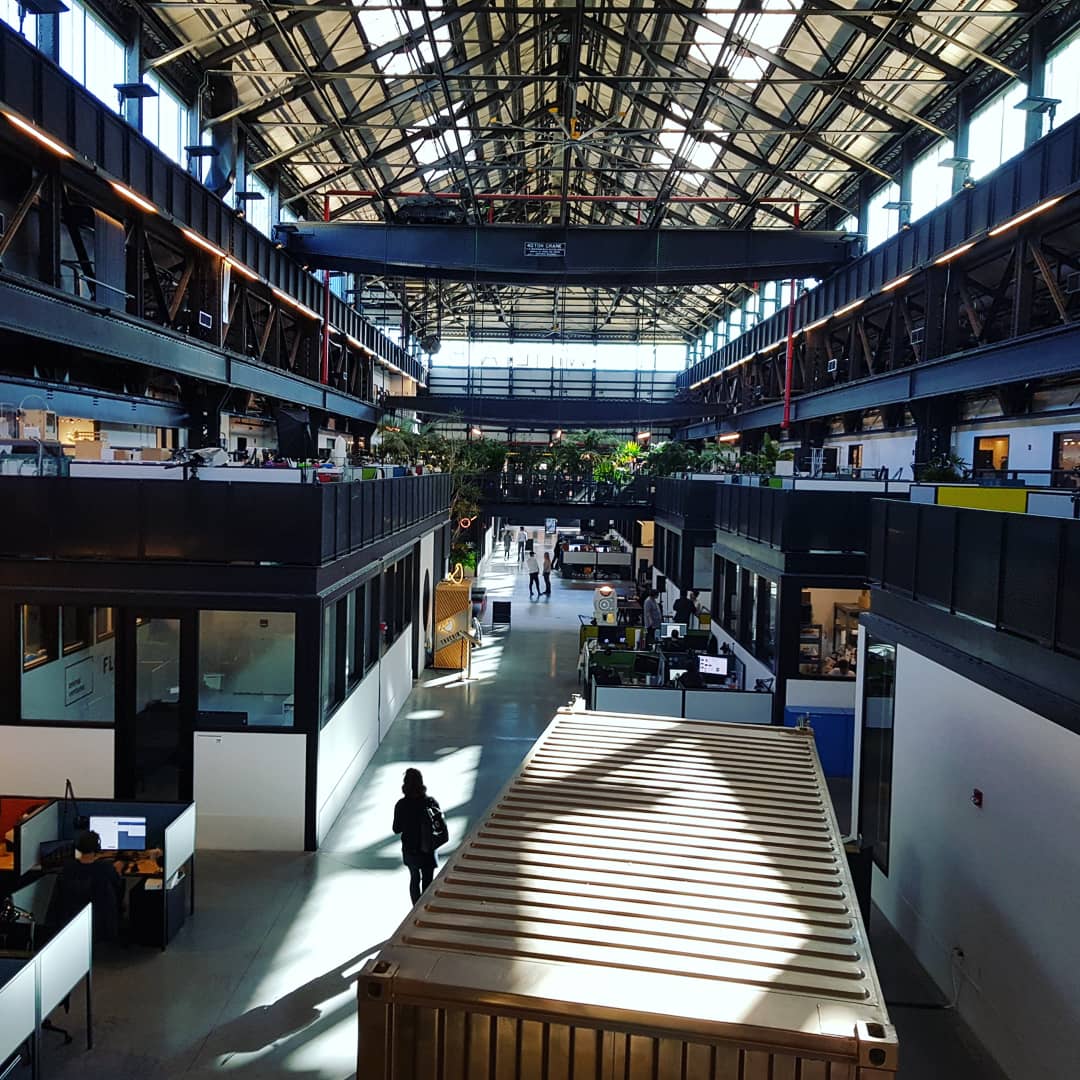
A Day in the Life of Products of Design
It’s been an incredible couple of days here at Products of Design, and we thought we might share some of the highlights, including a Guest Lecture by Debbie Millman, The kick-off of this year’s MoMA Partnered Project, a field trip to New Lab, and guest lectures from Blue Ridge Labs! Partnered Project. Check out the photos, ’cause in addition to these special events, the students were soldering up their Arduino projects, hosting visitors in the gallery, working in group projects, and cooking meals in the kitchen. Enjoy!
Change Everything You Hate About Meetings with this ONE SINGLE WORD.
There are a ton of books out there on how to have more productive, more meaningful meetings, but the fact of the matter is, you’re not going to read these books. You haven’t yet, and you probably won’t. So the problem is that everyone agrees that meetings are completely broken, but nobody will take the time or the trouble to learn how to fix them. I have an alternative solution, and it’s made by changing one single word. No books, no seminars, no videos, no list of rules to post on the conference room wall. Just one word.

Orientation Futuring Workshop: Surveillance-Generated Paranoia and Isolation
Prompted by current headlines about developments in the Social, Technological, Environmental, Economic and Political sphere, the SVA Orientation Class of 2020 developed narrative visions of the resulting futures and designed “provotypes” (provocative prototypes) to explore how we might re-capture the pleasure of an intimate conversation that can provide a comforting and nourishing escape from surveillance, reconnecting us with a friend, family member, colleague or perhaps even ourselves. The workshop was led by alumni Steve Hamilton with Brandon Washington and Alexia Cohen.
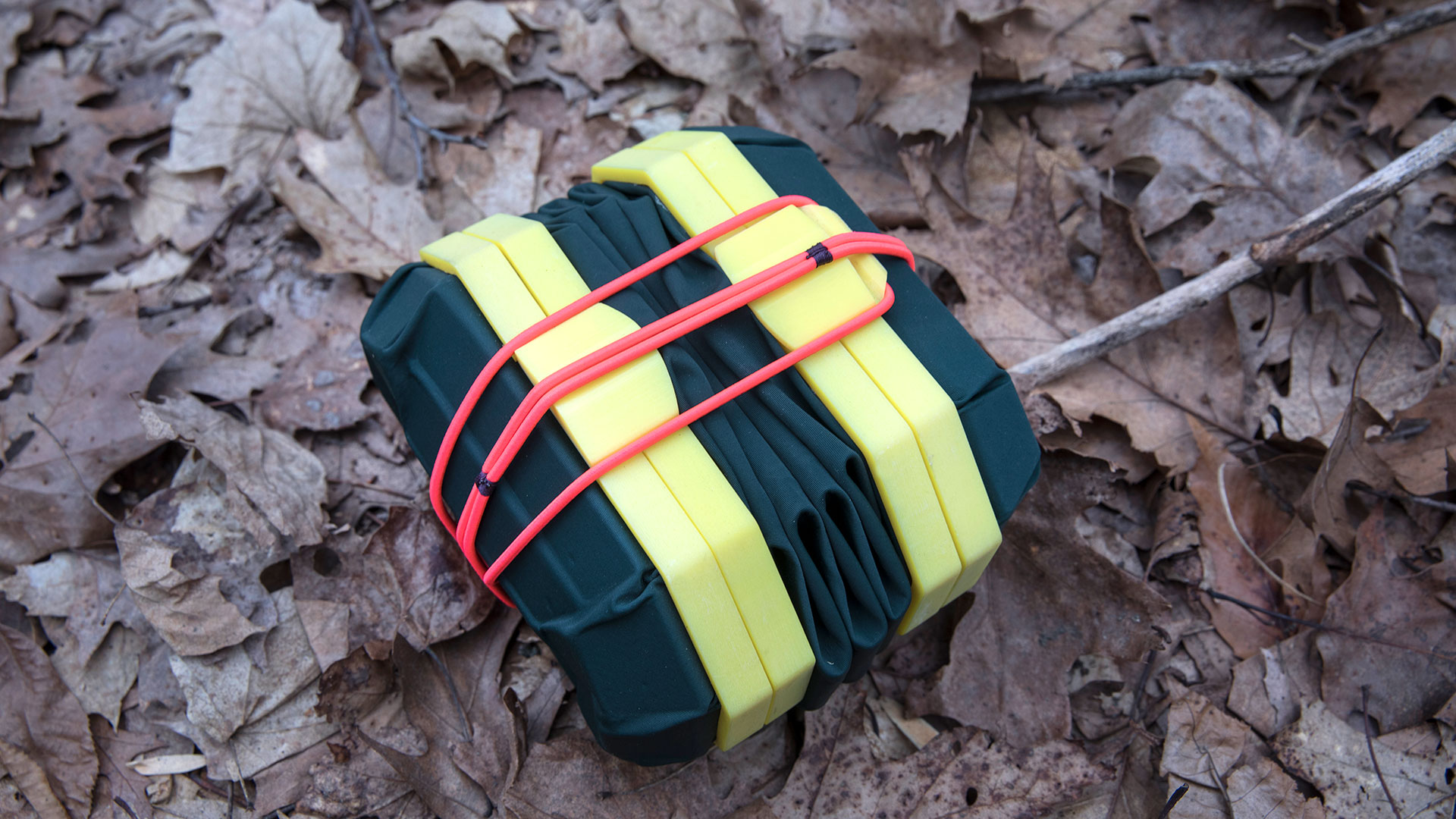
CARA: Menstrual Product and Waste Carrier for Multi-Day Trips Outdoors
CARA is a menstrual product and waste carrier designed for use in multi-day trips outdoors. Designed by recent grad Alexia Cohen as part of her thesis, DARE + DEFY: A Woman’s Place in the Great Outdoors, CARA—from the word carapace, meaning the shell of a turtle—features an expandable waste collection container at the center, with two separate dry enclosures at the top and bottom to keep unused menstrual products, toilet paper, and/or wipes clean and ready to use.

14 THINGS THAT MATTER: What distinguishes the MFA in Products of Design?
Wondering if the MFA in Products of Design program might be right for you? Most prospective students, professionals, journalists, and recruiters taking a look at our program have a lot of questions about what makes it different. They want to know who it attracts, what the curriculum and experience are like, and what our students do after they graduate. So we put together a list of the program's 14 key ingredients.
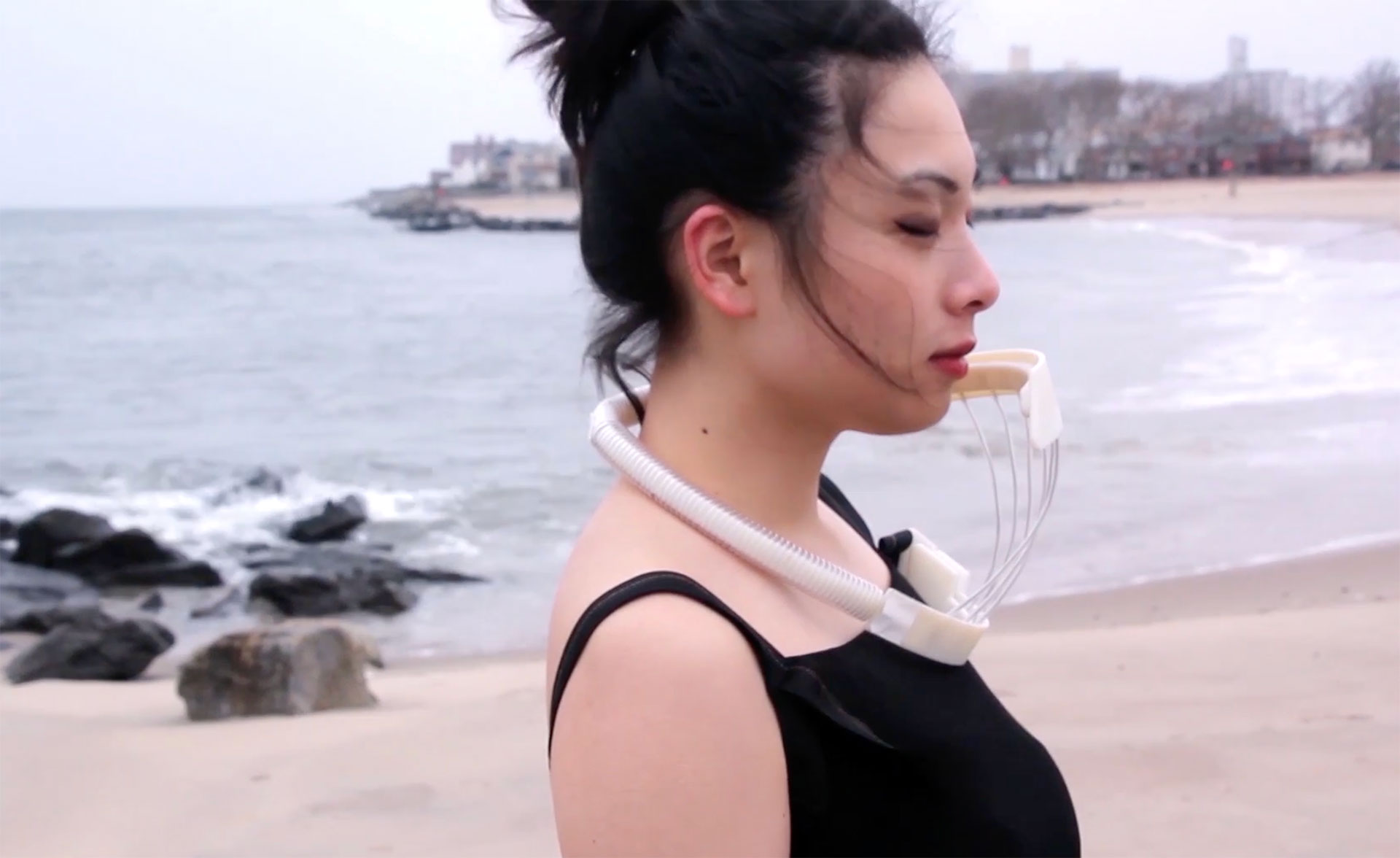
SYMBIOSIS: Ecological Services for the Urban Environment.
Since mass industrialization, the past few centuries have seen abundant growth and prosperity for humankind, but not so much for the planet. With little regard for the environment, industrialization has caused all kinds of pollution, loss of natural areas and biodiversity among others, and this carries a cost. This cost can be expressed as ecological debt that future generations must pay. By honing into the ecological debt accumulated by cities, Kuan Xu attempts to redeem by introducing the concept of ecological service and its significance. The design interventions then take a variety of lenses to advocate for ecological service design to instigate environmental consciousness and awareness driven action in the urban environment. With the mission of introducing ecological service into the city, and city dwellers adopting it, Kuan presents his thesis—Symbiosis, Ecological Services for the Urban Environment.

HACKING THE RACIAL BINARY: Design Provocations for Identity and Shame
Manako Tamura has spent the last year trying to reconcile her experience as an assimilated immigrant of color by interviewing, designing for and reflecting with the generation 1.5 immigrants of color who, like her, migrated to the US in the most formative years of their identities. Going into this journey, she first thought her thesis was going to be about transnationalism, where the main tension she had to resolve was around immigrants’ countries of origin and their adopted homelands. “As I spoke with users and experts on the subject, it became clear that the real tensions had to do with the transactional nature of assimilation where,” she reveals, “one could not embody both American and another culture.”
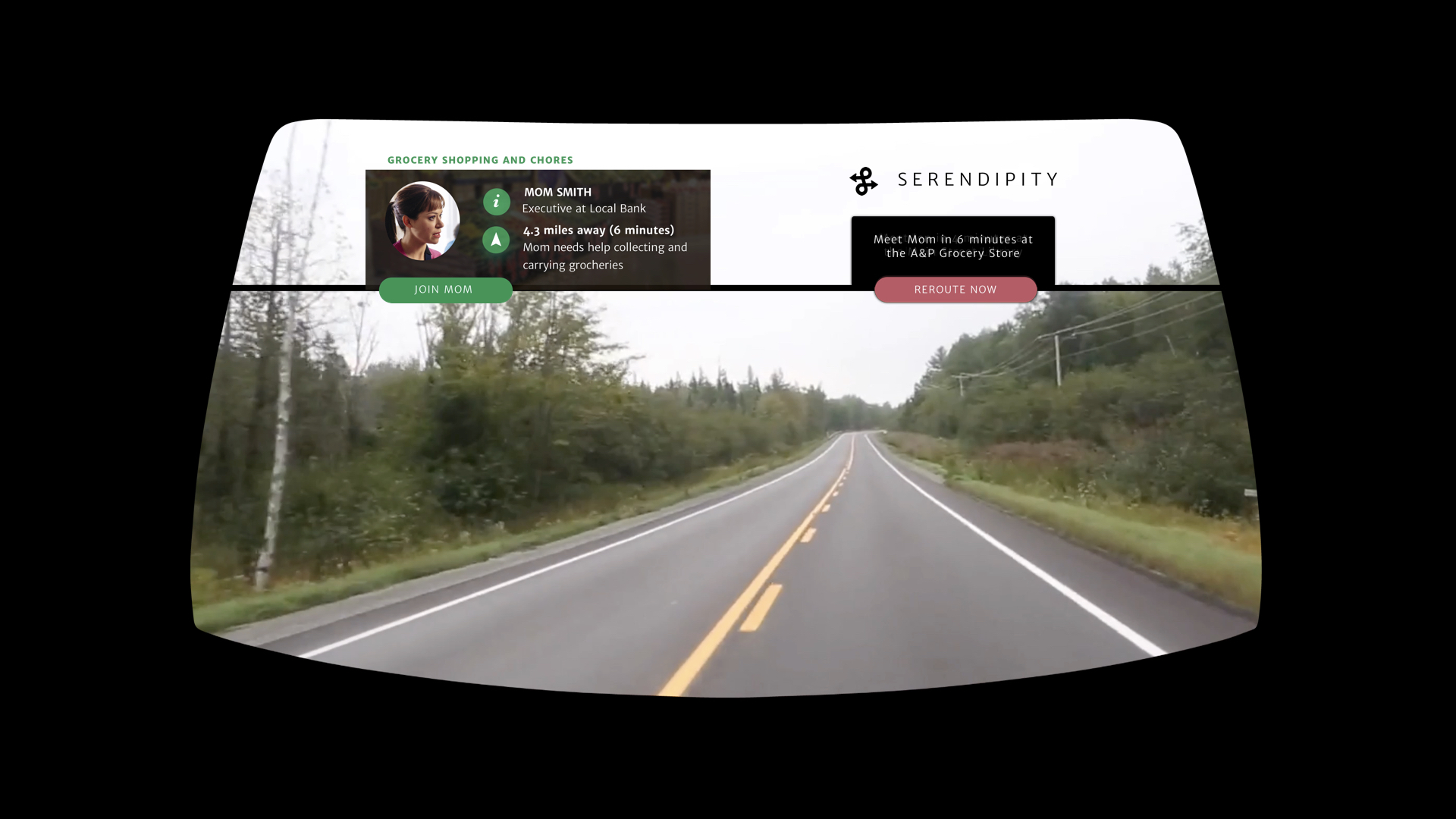
YOU ARE ON THE FASTEST ROUTE: Intentional Community and Responsible Autonomy in the New Motor Age
Lassor Feasley’s thesis You Are on the Fastest Route: Intentional Community and Responsible Autonomy examines how self-driving cars might impact American culture and the habits of everyday life. For many Americans, the traditional motor vehicle mediates access to everything from social and economic connections to childhood independence and family roles. "What happens when the underlying calculous behind motor age culture is rewritten and the way people explore and understand the world is reimagined?”, Lassor asks. Through his research, Lassor wanted to try and anticipate the consequences that autonomous cars might inspire. Over the past year, he has explored the social, the economic, and the ethical aspects of car culture, and leverages the tools of design to imagine how an advanced mobility system might drive positive change.

